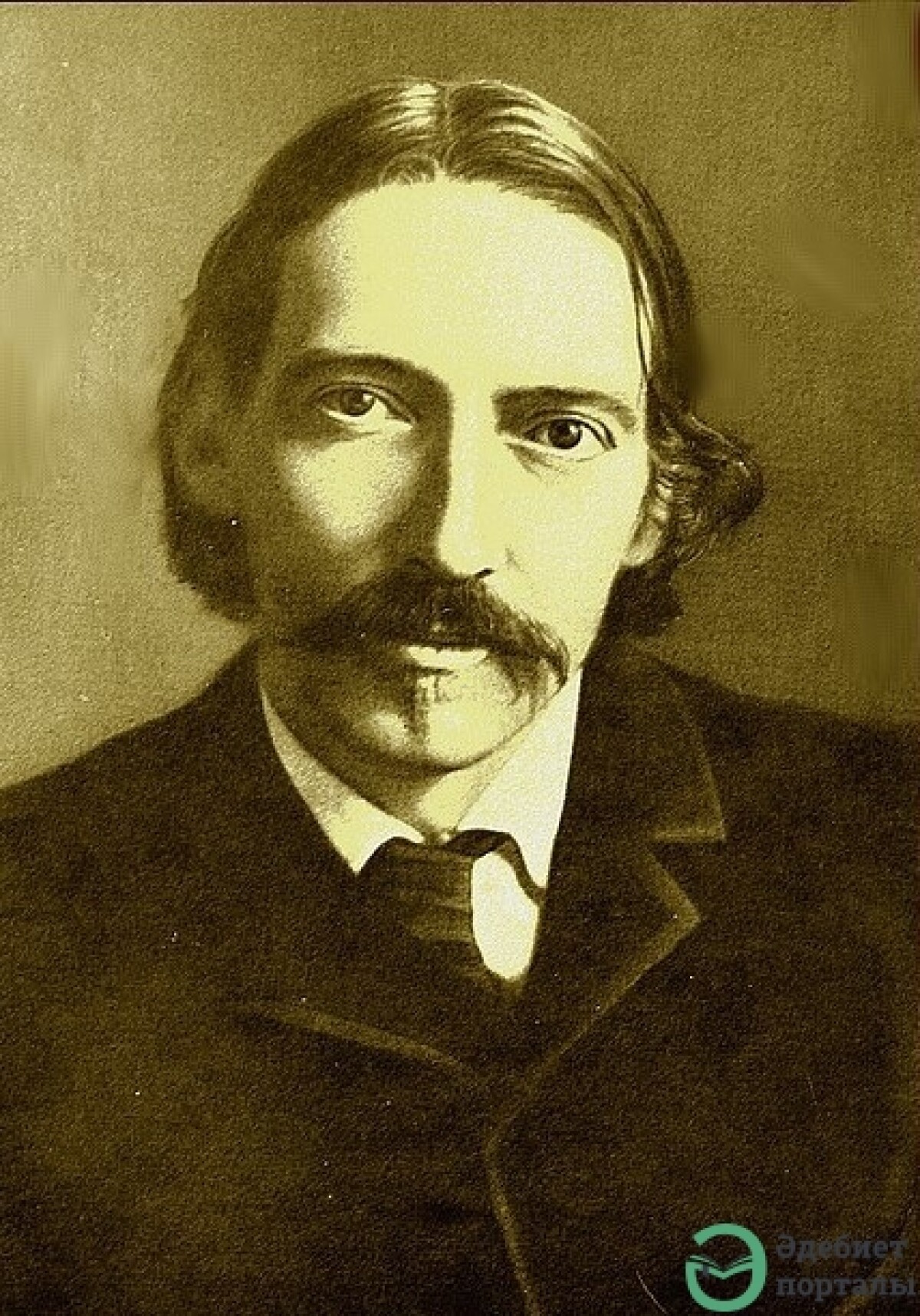Robert Louis Stevenson
Robert Louis Stevenson was a 19th century Scottish writer notable for such novels as Treasure Island, Kidnapped, and Strange Case of Dr. Jekyll and Mr. Hyde.
Born on November 13, 1850, in Edinburgh, Scotland, Robert Louis Stevenson traveled often, and his global wanderings lent themselves well to his brand of fiction. Stevenson developed a desire to write early in life, having no interest in the family business of lighthouse engineering. He was often abroad, usually for health reasons, and his journeys led to some of his early literary works. Publishing his first volume at the age of 28, Stevenson became a literary celebrity during his life when works such as Treasure Island, Kidnapped, and Strange Case of Dr. Jekyll and Mr. Hyde were released to eager audiences.
Lighthouse design was his father's and his family's profession, and so at the age 17, he enrolled at Edinburgh University to study engineering, with the goal of following his father in the family business. Lighthouse design never appealed to Stevenson, though, and he began studying law instead. His spirit of adventure truly began to appear at this stage, and during his summer vacations he traveled to France to be around young artists, both writers and painters. He emerged from law school in 1875, but did not practice, as, by this point, he felt that his calling was to be a writer.
In 1878, Robert Louis Stevenson saw the publication of his first volume of work, An Inland Voyage; the book provides an account of his trip from Antwerp to northern France, which he made in a canoe via the river Oise. A companion work, Travels with a Donkey in the Cevennes (1879), continues in the introspective vein of Inland Voyage and also focuses on the voice and character of the narrator, beyond simply telling a tale.
Also from this period are the humorous essays of Virginibus Puerisque and Other Papers (1881), which were originally published from 1876 to '79 in various magazines, and Stevenson's first book of short fiction, New Arabian Nights (1882). The stories marked the United Kingdom's emergence into the realm of the short story, which had previously been dominated by Russians, Americans and the French. These stories also marked the beginning of Stevenson's adventure fiction, which would come to be his calling card.
Also appearing in the early 1880s were Stevenson's short stories Thrawn Janet (1881), The Treasure of Franchard (1883) and Markheim (1885), the latter two having certain affinities with Treasure Island and Dr. Jekyll and Mr Hyde (both of which would be published by 1886), respectively.
In June 1888, Stevenson and his family set sail from San Francisco, California, to travel the islands of the Pacific Ocean, stopping for stays at the Hawaiian Islands, where he became good friends with King Kalākaua. In 1889, they arrived in the Samoan islands, where they decided to build a house and settle. The island setting stimulated Stevenson's imagination, and, subsequently, influenced his writing during this time: Several of his later works are about the Pacific isles, including The Wrecker (1892), Island Nights' Entertainments (1893), The Ebb-Tide (1894) and In the South Seas (1896).
Toward the end of his life, Stevenson's South Seas writing included more of the everyday world, and both his nonfiction and fiction became more powerful than his earlier works. These more mature works not only brought Stevenson lasting fame, they helped to enhance his status with the literary establishment when his work was re-evaluated in the late 20th century, and his abilities were embraced by critics as much as his storytelling had always been by readers.
Robert Louis Stevenson died of a stroke on December 3, 1894, at his home in Vailima, Samoa. He was buried at the top of Mount Vaea, overlooking the sea.









